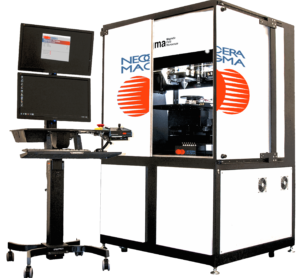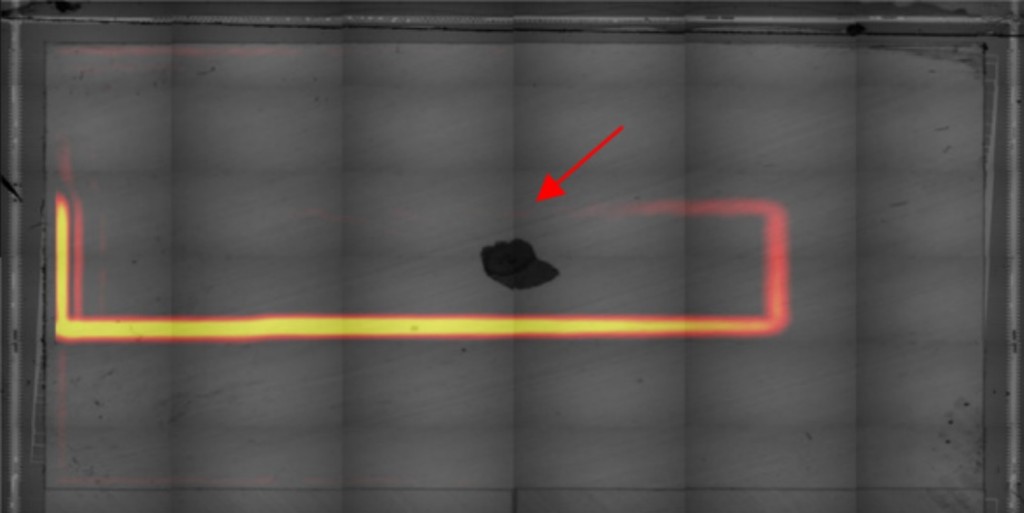Failure Analysis for All Static Defects

Magma features a unique set of sensors and techniques allowing for the detection and localization of all static defects. Magma can be reliably employed to find the location of opens, shorts, leakages and high resistance opens. Additionally, the magnetic image can be exploited to produce depth information for 3d fault isolation even for multi-layer devices. Read on to learn more about Magma’s exciting suite of capabilities.
Shorts
A short is a failure resulting from unintentional electrical contact between two conductors measured normally in the range of an ohm or less. Magma magnetic field imaging (MFI) is very effective at detecting shorts, as magnetic fields permeate all materials such as power and ground planes, silicon, molding compound, and capacitors. Localization accuracy of shorts can be as good as 250 nm when using the high-resolution sensor (in HiRes tools) when scanning in contact and can be detected from over 10 mm out of contact when using the high sensitivity sensor (included in all tools). The sensors never need electrical contact to the circuit but the failure does need to be stimulated with a low current AC signal (as low as 500nA). More over, magnetic field resolution is not limited by the long wavelength of visible or infrared light, but only by the sensor scanning distance and the sensor size, allowing greater resolution when scanning dies. To learn more about detecting non-destructive sensing of failures from up to 10 mm away from the fault, click here. To learn more about finding shorts on dies using the excellent resolution of high resolution sensory, click here.
Opens
An open is a failure where no current flows through the circuit of interest. Open failures can be found using the newly developed space domain reflectometry (SDR) technique that stimulates the failed circuit with a high frequency signal (20MHz to 200MHz) while detecting the RF magnetic field.
The RF signal forms a standing wave in the open and decays linearly close to the opens location. Using the linear decay, the user can find the open failure to within 30µm. The lower frequency compared to other techniques allow for SDR to be employed on dies and wafers as well as packages without the limitation of applying the signal close to the failure.

For more information regarding the detection of dead opens in packages and dies, click here.
Leakages
A leakage is the unintentional electrical connection of two circuits by means of a high resistance (often in the megaohms). These defects can be more difficult than shorts as they can involve very small signals (typically in the nanoamps). Because of the outstanding sensitivity of the SQUID sensor, these failures can often be found and localized. To learn more about how to detect high resistance shorts, click here.
High Resistance Opens
High Resistance defects occur when the resistance of a circuit is higher than specification, allow slightly smaller current flow. Magma reveals these defects by comparing a good sample to a bad sample. The high sensitivity of the SQUID can pick on on the slightest details in geometry of the circuit that could lead to such a defect. To learn more about our high resistance opens technique, click here.
3D Fault Isolation

Complex dies and packages often contain many layers of interconnections which can make localization difficult. In such cases, depth information is required to resolve on which layer the failure is occurring. New magnetic field analysis software allows for retrieval of detailed depth information allowing for fault isolation in 3D.
